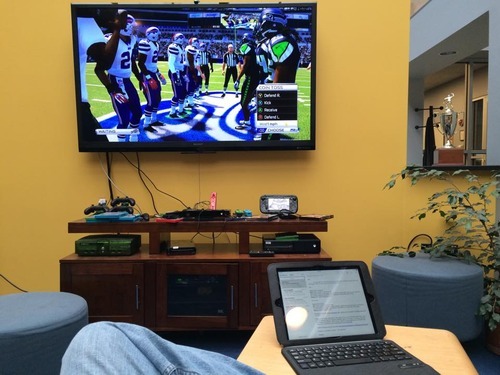What is your time worth?
That is the question that started my lunch with a mentor last week. I thought for a second and did some quick math and then pulled $300 an hour number out of the air. He laughed and gave me these two quotes:
The price of anything is the amount of life you exchange for it.
– Henry David Thoreau
“My favorite things in life don’t cost any money. It’s really clear that the most precious resource we all have is time.”
– Steve Jobs
He went on to explain “If You Can’t Measure It, You Can’t Improve It“ (a running topic in our conversations). So I sat down this weekend to figure out what my time is worth.
With the help of this life expectancy calculator I found out that I have 47 years of life left. Using a date duration calculator that is 17,176 days (or 412,244 hours). That makes every hour 0.0002% of my life.
So here are some basic break downs:
Work:
A 40 hour work week is .008% of my life.
A work year is .416% of my life.
A 5 day business trip is .024% of my life.
20 more years of work is 8.320% of my life.
Sleep:
9 hours of sleep is 0.001% of my life.
A year of sleep is 0.655% of my life.
Sleep will take up 30.790% of the rest of my life.
Miscellaneous:
Watching a season of a TV show would be 0.005% of my life.
Watching 10 football games a year would 0.006% of my life.
Hitting the gym 5 hours a week would be 0.047% of my life.
Taking my son to swim lessons would be 0.020% of my life.
The numbers are interesting but the more important lesson for me is to realize and treat my time like a valuable non-renewable commodity. I need to give it freely to my family and friends while using it wisely for professional purposes and guarding it from time sinks.
What is your time worth?




